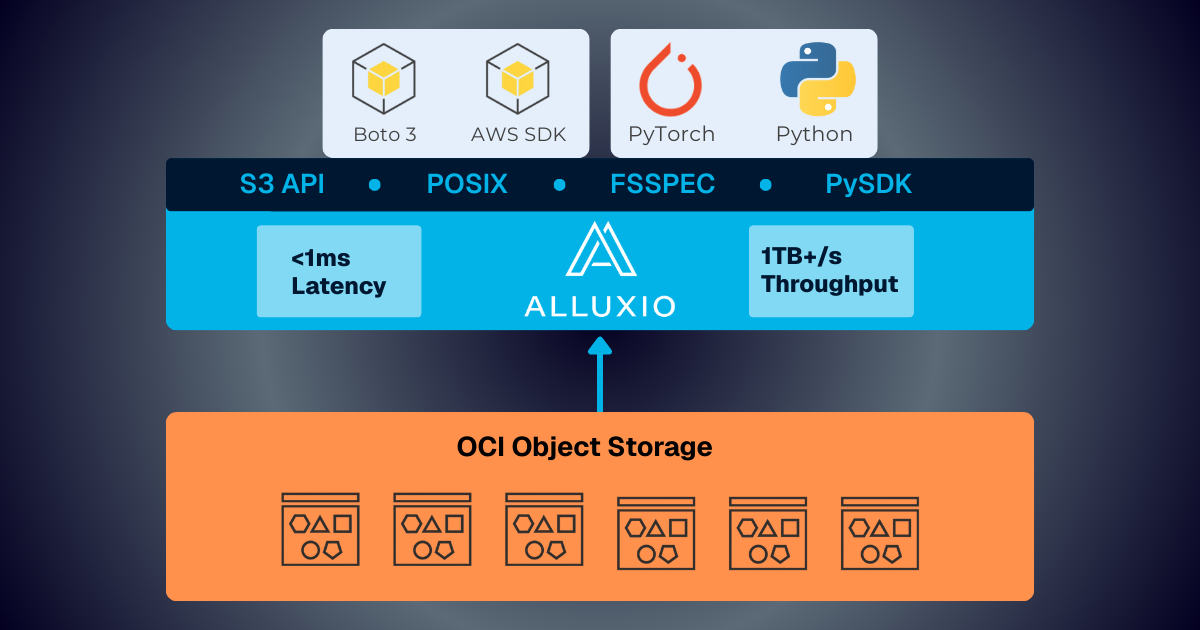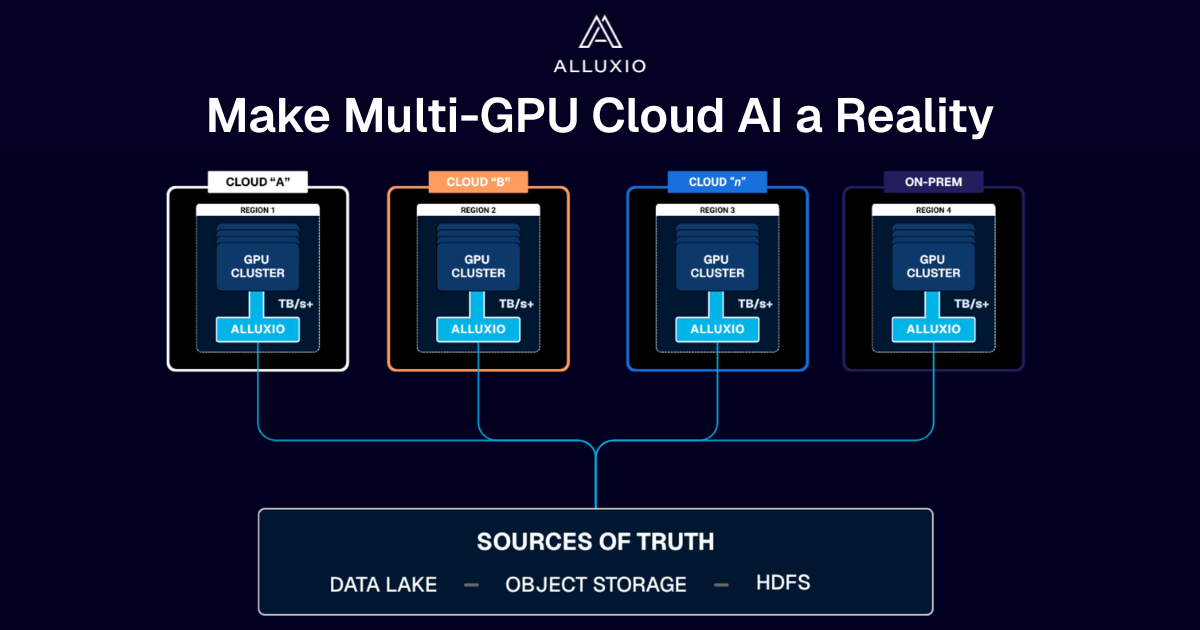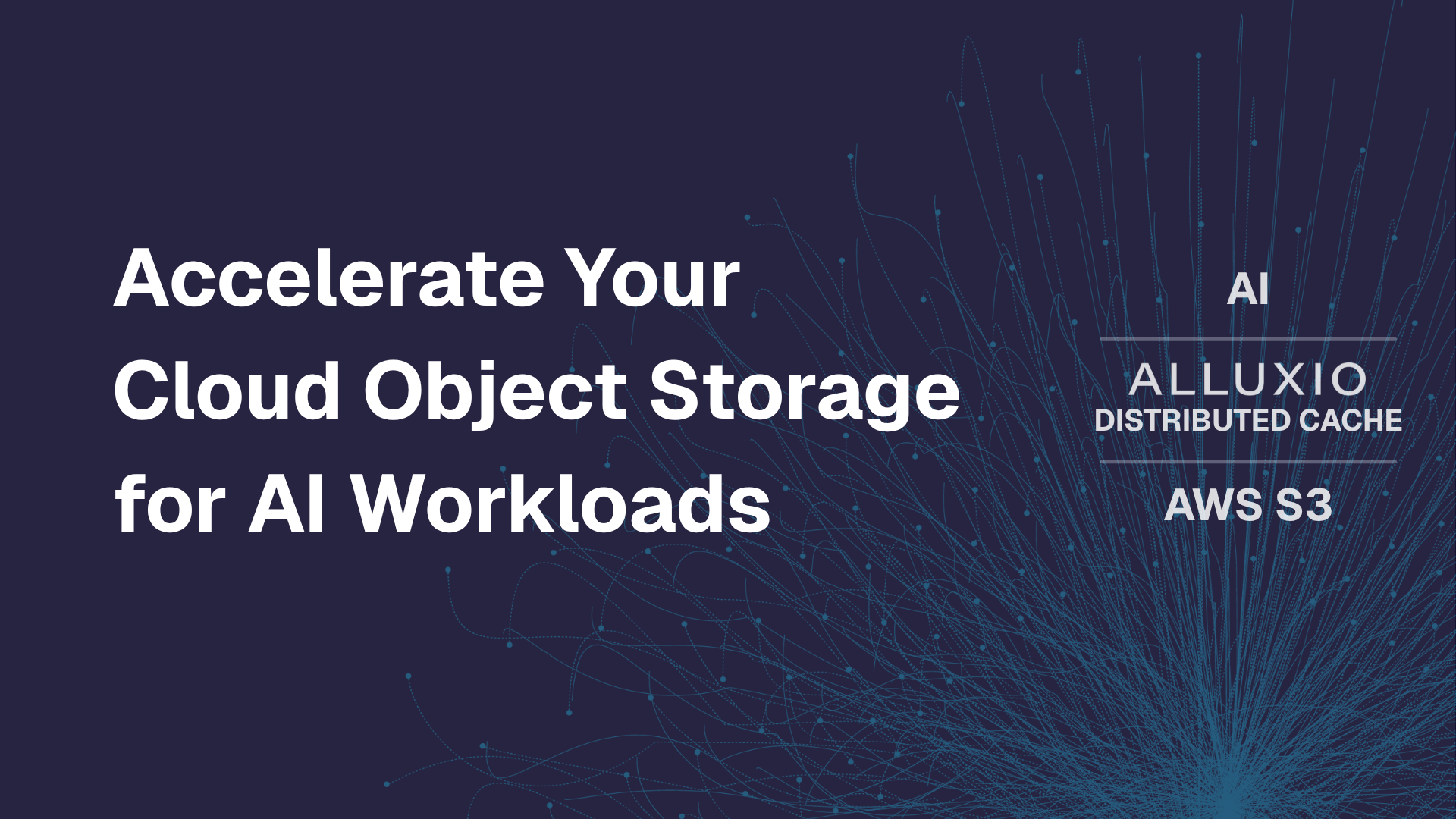Products
Recap Spark+AI Summit 2019
May 2, 2019
Alluxio is a proud sponsor and exhibitor of Spark+AI Summit in San Francisco. If you missed the conference, don’t worry we’ve got you covered!

What’s Spark+AI Summit? It’s the world’s largest conference that is focused on Apache Spark - Alluxio’s older cousin open source project from the same lab (UC Berkeley’s AMPLab - now RISElab).
Overview of the Conference by the Numbers
- Spark+AI Summit originally Spark Summit started off in 2013 with around 200 attendees. This is their 6th year, and from our observation there were over 3000 attendees!
- Of the 3000+ attendees, we had over 1500+ interactions and more than 500 in-depth conversations with folks already using or interested in learning about Alluxio
- 100 lucky attendees won our drones!
What We Learned
- Adopting a cloud strategy is a top priority for most organizations at the event
- Many organizations are experiencing challenges with hybrid cloud, because they are not able to access data in the public cloud and their own data warehouse efficiently
- Machine learning is on the rise, but SQL queries over big data is still the bread and butter of most organizations
- Kubernetes is changing the landscape of big data analytics. In the next 3-6 months, we will see a wave of organizations move to deploying big data workloads with container orchestration systems
- Attendees love to win drones ;) Find us at the next event: Strata Data Conference in New York

Reasons to try the Apache Spark, Alluxio, and S3 Stack
- This stack is cloud-native
- Apache Spark and Alluxio are open source
- S3 is cost-effective and scalable driving down devops costs with high performance
Learn more: 10X Acceleration of Spark with Alluxio Case Study , Get started with Spark and Alluxio in 5min , Download Alluxio
All of the sessions are recorded and will be viewable here.
Thanks to everyone for stopping by the Alluxio booth and the great conversations!

Additional resources:
- Community office hour (virtual): Running Apache Spark with Alluxio on Amazon EMR
- Got questions? Chat with Alluxio experts on Slack
.png)
Blog

Alluxio and Oracle Cloud Infrastructure: Delivering Sub-Millisecond Latency for AI Workloads
Oracle Cloud Infrastructure has published a technical solution blog demonstrating how Alluxio on Oracle Cloud Infrastructure (OCI) delivers exceptional performance for AI and machine learning workloads, achieving sub-millisecond average latency, near-linear scalability, and over 90% GPU utilization across 350 accelerators.

Make Multi-GPU Cloud AI a Reality
If you’re building large-scale AI, you’re already multi-cloud by choice (to avoid lock-in) or by necessity (to access scarce GPU capacity). Teams frequently chase capacity bursts, “we need 1,000 GPUs for eight weeks,” across whichever regions or providers can deliver. What slows you down isn’t GPUs, it’s data. Simply accessing the data needed to train, deploy, and serve AI models at the speed and scale required – wherever AI workloads and GPUs are deployed – is in fact not simple at all. In this article, learn how Alluxio brings Simplicity, Speed, and Scale to Multi-GPU Cloud deployments.

